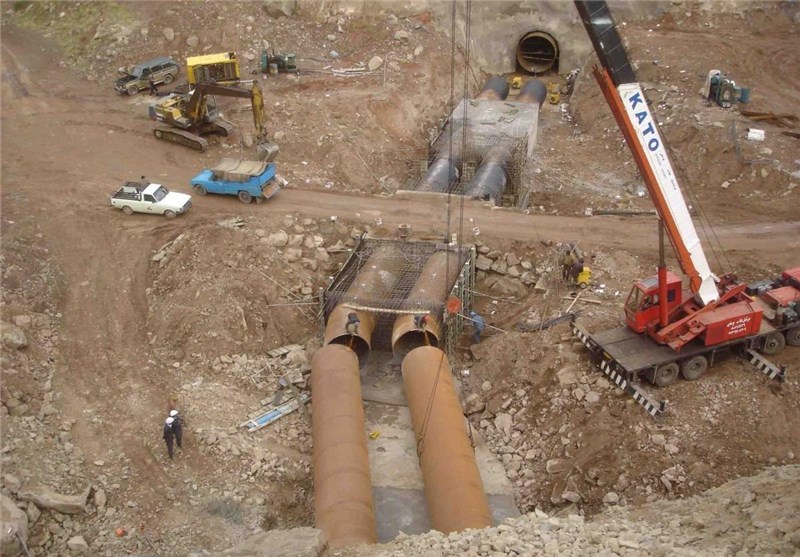The plan to transfer water from Caspian Sea in the north to the drought-ridden Semnan Province is undergoing final reviews and waiting for the approval of the Department of Environment.
Emphasizing on the critical water scarcity in Semnan, Energy Minister Hamid Chitchian said the use of water from the northern Caspian Sea would help tackle the growing drought in the region, Tasnim News Agency reported.
Interbasin transfer or transbasin diversion refers to manmade conveyance schemes that move water from one river basin to another basin where water is less available, usually for development purposes.
However, since its presentation, the project has raised environmental concerns. Mohammad Darvish, who heads the Public Participation Office at DOE, believes the project will result in large-scale deforestation in Hyrcanian Forest that borders the southern shores of Caspian Sea.
The Caspian Sea’s disputed legal status further complicates the water transfer project. There is still no international agreement about whether to define the Caspian as a sea or a lake, and that makes the extent of territorial waters and sharing formula rather vague.
The sea is bordered by five countries: Iran, Russia, Azerbaijan, Kazakhstan and Turkmenistan.
Darvish claims that by going ahead with the project, Iran will set a bad precedent.
“Imagine what would happen if each of those countries decided to pump water from the Caspian Sea, desalinate it and transfer the salt and wastewater back to the sea. It’ll eradicate all marine life,” he said.
Additionally, the destruction of the sea’s biodiversity will take a toll on local communities that rely on fishing to make a living.
“We’re supposed to address the Caspian Sea’s pollution plight to improve the quality of life of locals and not destroy the sea’s biodiversity,” the official earlier said.
Darvish, who is also a researcher at the Research Institute for Forests and Range, said the 150-kilometer pipeline to divert water to Semnan in north-central Iran would run through the Hyrcanian Forest, necessitating the felling of trees in the ecologically-rich woodlands.
“The forests in northern Iran covered 3.6 million hectares 50 years ago. Today, they barely cover 1.6 million, so we really shouldn’t even be debating this. We can’t afford to lose more forests,” he said.
Darvish warned against the fallouts of the project in Semnan, citing similar schemes in other provinces that have had adverse environmental impacts.
Likening the Caspian Sea water transfer project to a high-interest loan for Semnan residents, Darvish said the people will end up paying the prohibitive costs for “an unsustainable” water supply.
Critics say there are more feasible, better and lasting solutions to the province’s water woes.
Rainwater harvesting, judicious water use (especially in the agricultural sector), promoting modern irrigation techniques, recycling wastewater, separating potable water from wastewater and implementing watershed plans are among measures suggested by experts to help conserve water.
For years, environmentalists, social scientists and the cross-section of academia and media have appealed to the masses to cut water consumption and called on officials to undertake meaningful reforms, to no avail.
There is a strong consensus that if water consumption patterns do not change in the near future, many parts of the country will turn into barren desert while entire towns and villages will become totally empty of residents.


